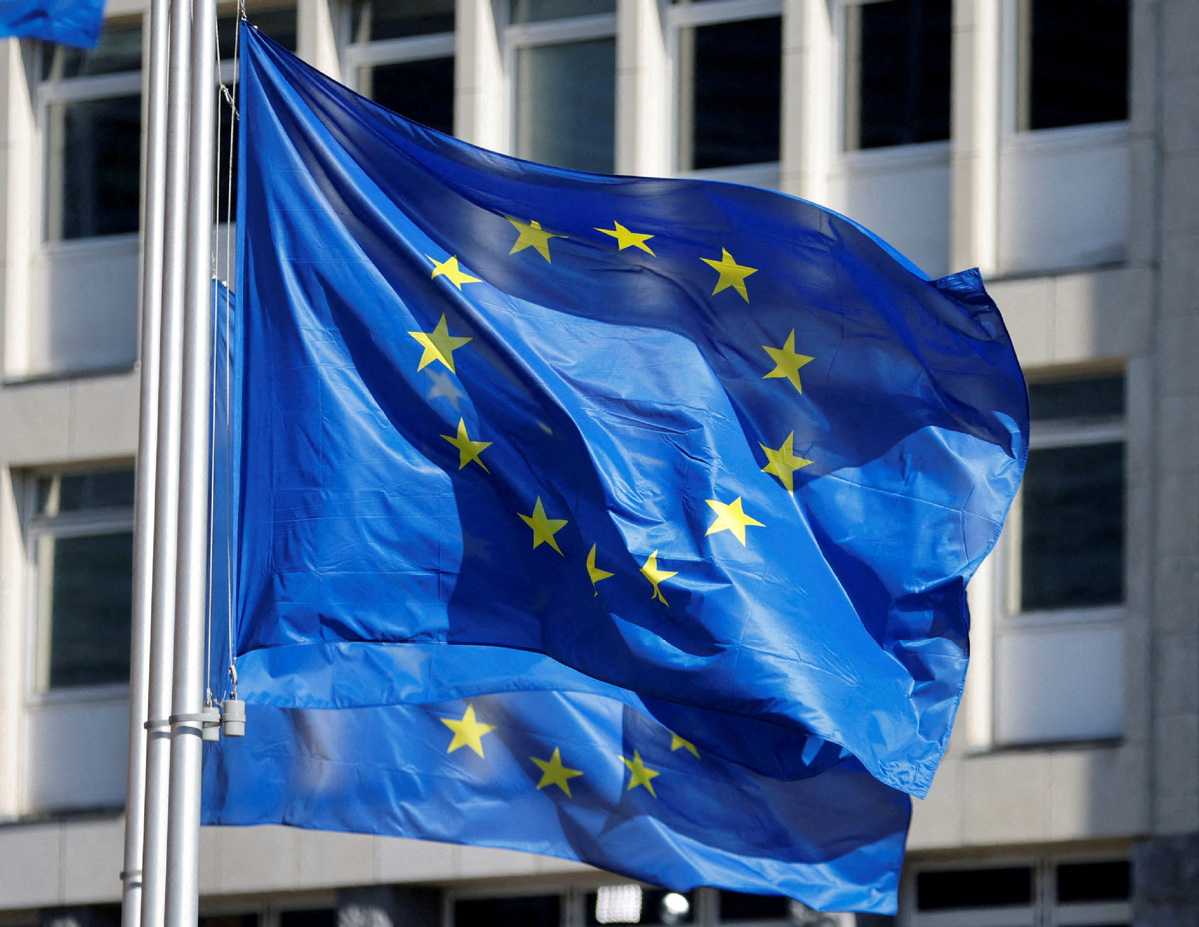Economic growth in eurozone still weak and yet to bottom out


The International Monetary Fund recently updated its forecast for world economic growth for 2024, raising it to 3.1 percent, 0.2 percentage points higher than the forecast in October last year, a forecast that some analysts pointed out reflects its upward revisions of economic growth expectations for China, the United States and some emerging markets and developing countries.
However, the IMF forecasts the economy in the eurozone will grow by 0.9 percent in 2024, 0.3 percentage points lower than its previous forecast, also a significant decline among the major advanced economies. The weak economic growth in the eurozone reflects the continuing impact of weak consumer sentiment, high energy prices, and weak manufacturing and business investment at a time of high interest rates.
The data recently released by Eurostat also confirmed the near-stagnation of economic growth in the eurozone. On a seasonally adjusted basis, the eurozone economy grew 0.1 percent year-on-year in the fourth quarter of last year, but did not grow from the previous quarter. Some institutions believe this reflects the eurozone economy has barely walked out of recession, but will be difficult to grow in the first half of this year.
At present, high interest rates are increasingly restraining the eurozone economy, continuing to push up the borrowing and production costs of enterprises, which has forced enterprises to reduce investment and consumers to curtail consumption. A recent survey on bank lending in the eurozone published by the European Central Bank also showed that demand for loans in the eurozone weakened further in the fourth quarter of last year, with companies' demand for loans and household demand for real estate and consumption loans both falling. At the same time, economic structural imbalances, insufficient innovation capacity and slow labor market reforms have also become important constraints on economic recovery in the eurozone.
From an external perspective, the pressures on the eurozone economy continue to build as geopolitical risks increase, which may reignite inflation. The ongoing instability in the Red Sea, in particular, is adding uncertainty risks to Europe's economic prospects, energy supplies and prices. If tensions in the region continue, the eurozone is expected to face higher energy costs, freight delays and the return of high inflation.
There have been renewed calls for interest rate cuts in the eurozone, but an ECB monetary policy meeting held in late January decided to keep three key interest rates unchanged, and ECB President Christine Lagarde also said it was "too early to talk about a rate cut".
US Federal Reserve Chairman Jerome Powell released the message on Jan 31 that the Fed will not cut interest rates soon. Considering that the ECB's decision-making rhythm is usually closely related to or even follows the pace of the Fed, although the European market is eager to see rate cuts, the ECB may not have much choice. The stranglehold on the eurozone's economic growth by high interest rates will continue.































